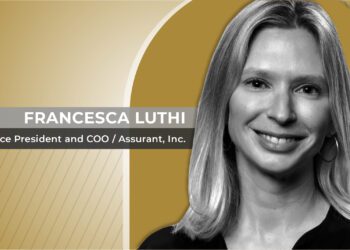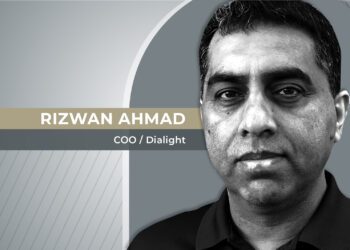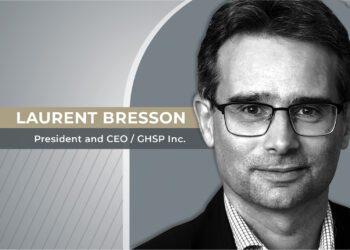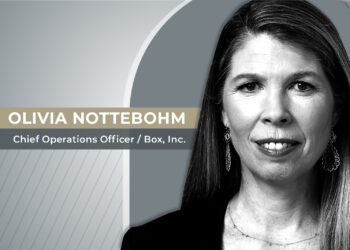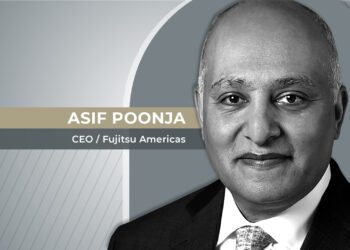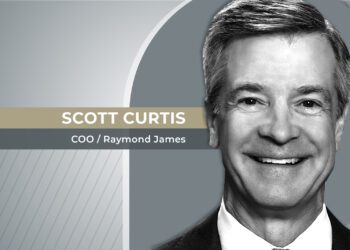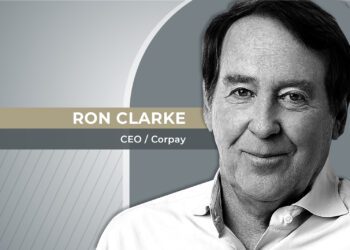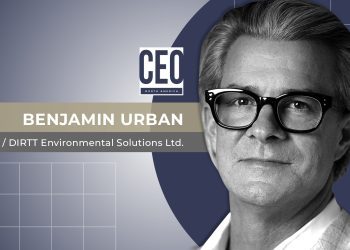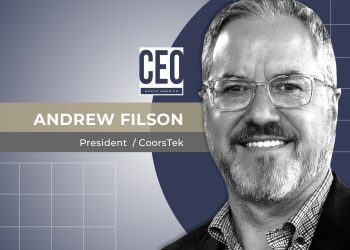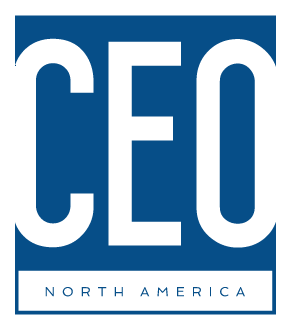Under the leadership of CEO Faisal Naseem, Sooner Pipe has emerged with a fresh strategy and a stronger identity.
Faisal Naseem took over as CEO of Sooner Pipe at a crucial point in the company’s history.
Amid the fallout to the 2015 oil price crash, Sooner’s revenues had dropped significantly. As then Vice-President of Finance and Process Improvement, Naseem had seen the crisis up close and upon the retirement of the company’s previous president, found himself charged with getting Sooner back on an even keel. In the coming years, he would achieve this, and more.
“Profitability had eroded and the overall environment was very bleak,” Naseem recalled in an exclusive interview with CEO Magazine. “Initially, the biggest challenge was how to navigate through this crisis. How could we go about capturing market share, improving our financial performance, and position ourselves for the recovery?”
“It was a daunting challenge, but we developed a strategy founded upon a collaborative effort from the ground up, getting a lot of input from our internal stakeholders, our employees, our shareholders, and externally, from our business partners.”
Sooner Pipe LLC is America’s leading OCTG distributor and service provider, offering the widest selection of OCTG products in the country at competitive prices and connecting the people who create the world’s energy with the supplies they need. With access to all major domestic and international steel mills and utilizing OCTG distribution centers in the US, Sooner delivers to any location around the globe. “Everybody wants a to be a CEO, but it is an extremely challenging task amid a downturn because the risk of failure is high and the consequences are serious,” Naseem recalled of his appointment. “But I definitely saw an opportunity regarding what could be done and how we could improve who we are. To me, continuing with the status quo was not an option.”
A new approach
With Naseem at the helm, Sooner set about implementing a series of initiatives intended not only to lift the company out of its stupor following the 2015 crisis, but also create a powerful new image for the Sooner brand. These initiatives included new approaches to leveraging technology, HR development, and marketing, as well as redefining partnerships and alliances.
“Our image had to change, not because we were an 80-year-old company set in its ways, on the contrary, we have a great history and we are proud of it,” Naseem explained. “But because the industry was changing quickly and we wanted to be a company that led this change and engaged in defining the new normal. The message we wanted to send is that we’re nimble, we’re agile, and we’re ready to engage with our business partners as somebody they can trust.”
“When I took on the role, Sooner’s market share was stagnant and constantly under attack, so we were trying hard to protect what we had,” he added. “With our renewed strategy, we have a strong focus on growth. We took risks and made bold investments during the downturn that have helped us tremendously. As a result, when the industry started to pick up, we were well positioned to take full advantage of the recovery. Today, our market share has doubled, and revenues are the highest they’ve ever been in the history of the company.”
Building momentum
Looking ahead, Naseem sees Sooner’s principal growth-focused objectives as to continue to capture market share as well as expand the portfolio of value added services for its customers with a view to improving profitability.
He believes that embracing technology is key to achieving these aims, yet insisted that human resources remain a hugely important aspect of the industry. “Because of a severe downturn in the oil and gas industry in the 1980s and 90s, we have a generation gap; we went from baby boomers to millennials,” Naseem explained with regards to the current HR dynamics in the sector. “The challenge is how do we take the experience of the workforce that is retiring and use it to cultivate the new workforce that we are hiring. We’re currently utilizing a combination of training, mentorship, and technology to bridge that gap.”
“Within our different areas of operation, we’re also establishing teams to manage these changes,” he added. “These teams are constantly observing the way we do business and challenging the status quo, coming up with new ideas and exploring how we can incorporate technology into our processes and create more efficiencies. It’s also imperative in our industry that we have strong relationships with our suppliers and customers.”
Strategic partnerships
Naseem highlighted how Sooner is currently looking to take those relationships to the next level, and in ways that he believes haven’t been tried in the industry before. The goal: to deliver unmatched value through a perfectly aligned, well controlled, and efficient supply chain.
“We try to understand our business partners’ perspective,” he elaborated. “Our focus is to align their objectives with our own so as to create a seamless relationship and deliver value through a fully aligned supply chain.”
Naseem pointed to a 20% reduction in Sooner’s working capital over the past eighteen months, which he attributes specifically to the strong alliances the company enjoys with its partners, which in turn have permitted a significant improvement in cycle times. “Just as Amazon has best in class suppliers and an elaborate distribution network, so do we,” he explained, by way of example. “They offer value added services and efficient logistics, and so do we. It’s the user experience that makes Amazon so unique, and we take the same view. The user experience means having competitive product alternatives to compare and choose from, making transactions easy, shipping orders accurately, and delivering the product on time.
“What sets us apart is our reputation in the industry, our investments in our distribution network, and our portfolio of value added services. Our competition has not invested in the same manner as we have, and as such their service portfolio is limited.”


